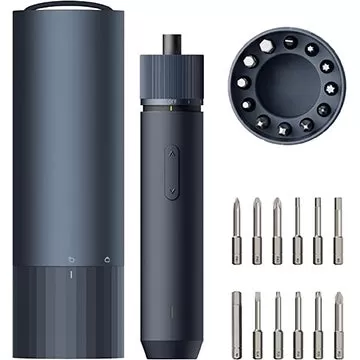What Is DLSS and Why Does It Matter for Gaming?
Nvidia's DLSS (Deep Learning Super Sampling) revolutionized PC gaming by significantly boosting performance and image quality. This guide explains DLSS, its workings, generational improvements, and its impact, even if you don't own an Nvidia card.
Contributed by Matthew S. Smith.
Understanding DLSS
DLSS intelligently upscales games to higher resolutions with minimal performance overhead, leveraging a neural network trained on extensive gameplay data. Initially focused on upscaling, DLSS now incorporates:
- DLSS Ray Reconstruction: AI-enhanced lighting and shadows.
- DLSS Frame Generation & Multi-Frame Generation: AI-generated frames for higher FPS.
- DLAA (Deep Learning Anti-Aliasing): AI-powered anti-aliasing for superior graphics beyond native resolution.
DLSS Super Resolution, its most prominent feature, offers modes like Ultra Performance, Performance, Balanced, and Quality. These modes render at lower resolutions, then upscale to your native resolution, resulting in higher frame rates. For instance, in Cyberpunk 2077 at 4K with DLSS Quality, the game renders at 1440p and upscales to 4K.
While DLSS surpasses older techniques like checkerboard rendering by adding detail and preserving finer elements, minor artifacts like "bubbling" shadows or flickering lines can occur. These issues are significantly reduced in DLSS 4.
DLSS 3 vs. DLSS 4: A Generational Leap
DLSS 3 (including 3.5) utilized a Convolutional Neural Network (CNN), analyzing scenes based on spatial relationships. DLSS 4 introduces a Transformer Network (TNN), processing twice the parameters for a deeper scene understanding.
The TNN enhances DLSS Super Resolution and DLSS Ray Reconstruction, resulting in sharper images, improved detail retention, and fewer artifacts. DLSS 4's Multi-Frame Generation generates four frames per rendered frame, dramatically increasing FPS.
Nvidia Reflex 2.0 mitigates input lag associated with frame generation. While occasional minor ghosting might occur, especially at higher frame generation settings, Nvidia allows adjustable frame generation levels, recommending settings aligned with your monitor's refresh rate to avoid issues like screen tearing.
Even without an RTX 50-series card, the improved TNN model is accessible via the Nvidia app for DLSS Super Resolution and Ray Reconstruction, along with DLSS Ultra Performance and DLAA.
The Significance of DLSS for Gaming
DLSS is transformative for PC gaming. For mid-range or lower-end Nvidia cards, it unlocks higher graphics settings and resolutions. It also extends GPU lifespan by maintaining playable frame rates even with reduced settings or performance modes. DLSS's consumer-friendly nature benefits budget-conscious gamers.
While Nvidia pioneered DLSS, AMD's FSR and Intel's XeSS offer competing upscaling technologies. DLSS 4's superior image quality and multi-frame generation capabilities currently provide a significant advantage, although competitors are improving. DLSS's developer implementation, unlike FSR's broader compatibility, is a key differentiator.
DLSS vs. FSR vs. XeSS
DLSS 4 boasts superior image quality and low-latency multi-frame generation compared to AMD FSR and Intel XeSS. While all offer performance improvements, DLSS generally delivers crisper visuals with fewer artifacts. However, DLSS is exclusive to Nvidia GPUs and requires developer integration.
Conclusion
DLSS is a game-changer, continuously improving. While not flawless, its impact on gaming is undeniable, extending GPU longevity and enhancing visual fidelity. While AMD and Intel offer alternatives, DLSS maintains a current lead in image quality and features. Ultimately, the best choice depends on your GPU and gaming preferences.





























